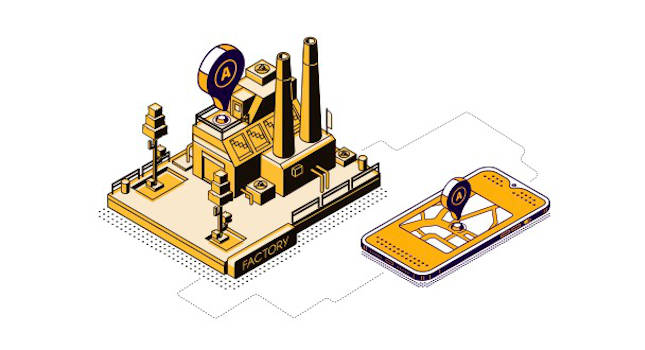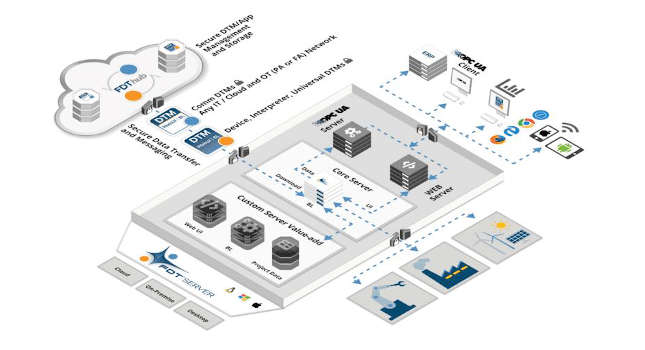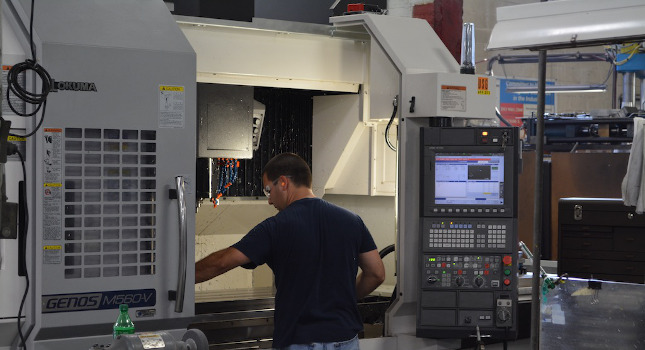Nobody would argue that the process of getting premium content to viewers is an incredibly complex business. Between content security, Hollywood’s revenue management creativity, and just the sheer scale of producing top-quality content and then distributing it to hundreds of millions of TVs, the TV value chain is likely second only to healthcare in its complexity.

Nobody would argue that the process of getting premium content to viewers is an incredibly complex business. Between content security, Hollywood’s revenue management creativity, and just the sheer scale of producing top-quality content and then distributing it to hundreds of millions of TVs, the TV value chain is likely second only to healthcare in its complexity.
What struck me about this CES was that there were no grand buzz products. With the exception of one ultra-hyped product, companies knew better than to throw fluff at the discerning CES audience. Instead, what I saw over and over again were real, highly complex, incredibly powerful and scalable solutions to the incredibly difficult problem of delivering a converged, multiscreen television experience.
Some of these were pure-hardware solutions, like Broadcom’s full-band capture cable front-end, which will enable cable operators to transition smoothly from QAM video to video over DOCSIS 3.0 while increasing broadband speeds. Broadcom also demonstrated their TV gateway core semiconductors that include two transcoders for second-screen video.
Others were software solutions running on a range of platforms including iOS, Android, Windows, Web, and Samsung’s TV Application environment. I saw demonstrations from Rovi, Technicolor (M-GO), PacketVideo (Twonky), and Qualcom (Skifta) who are working to deliver a converged search and discovery experience across multiple content sources to multiple screens. DISH is adding Blockbuster over-the-top streaming into a converged experience in its new “Hopper” DVRs while also reserving 1TB of space for traditional push VoD.
None of these demonstrations were based on unproven code but were extensions of existing, robust products. Finally, the fact that M-GO is a joint venture between Dreamworks and Technicolor (who is a set-top box and gateway maker, after all) shows how much innovation is happening in media contract structure. In summary, it was clear that everyone knows what a converged home entertainment experience should look like and are finally creating solutions to make that happen. The hype is over and the real work is well underway.



